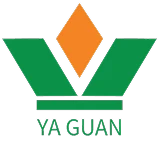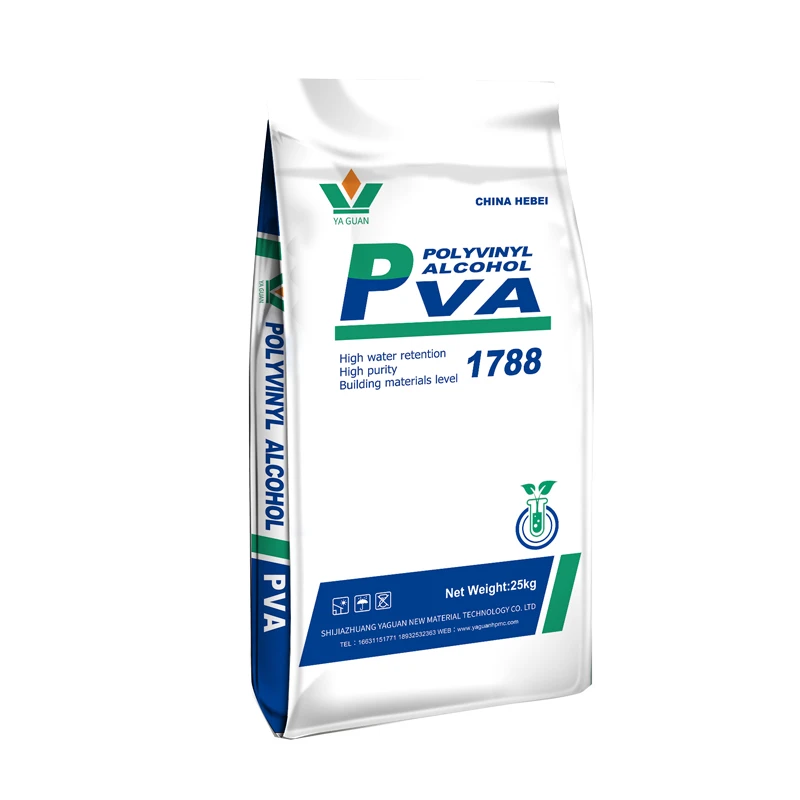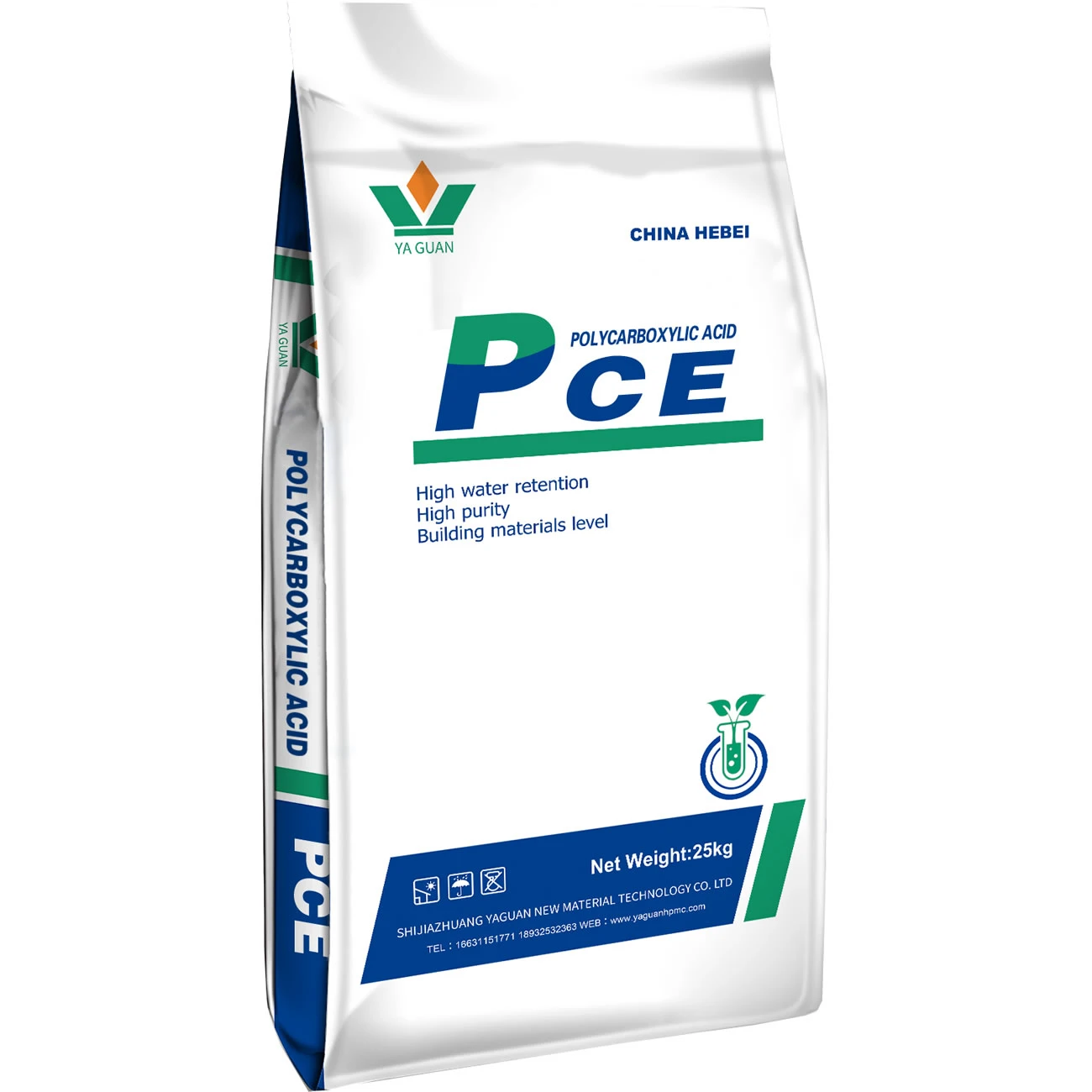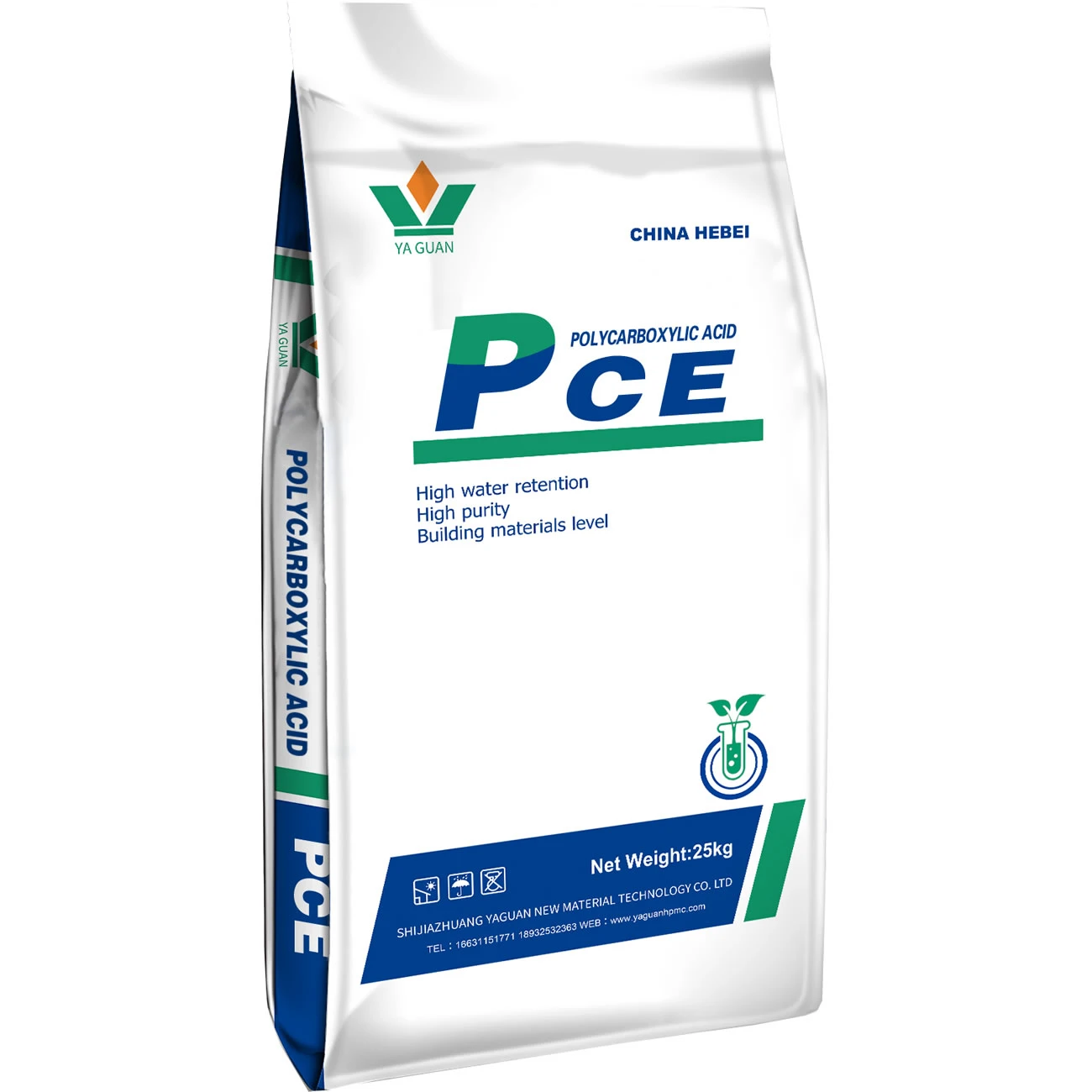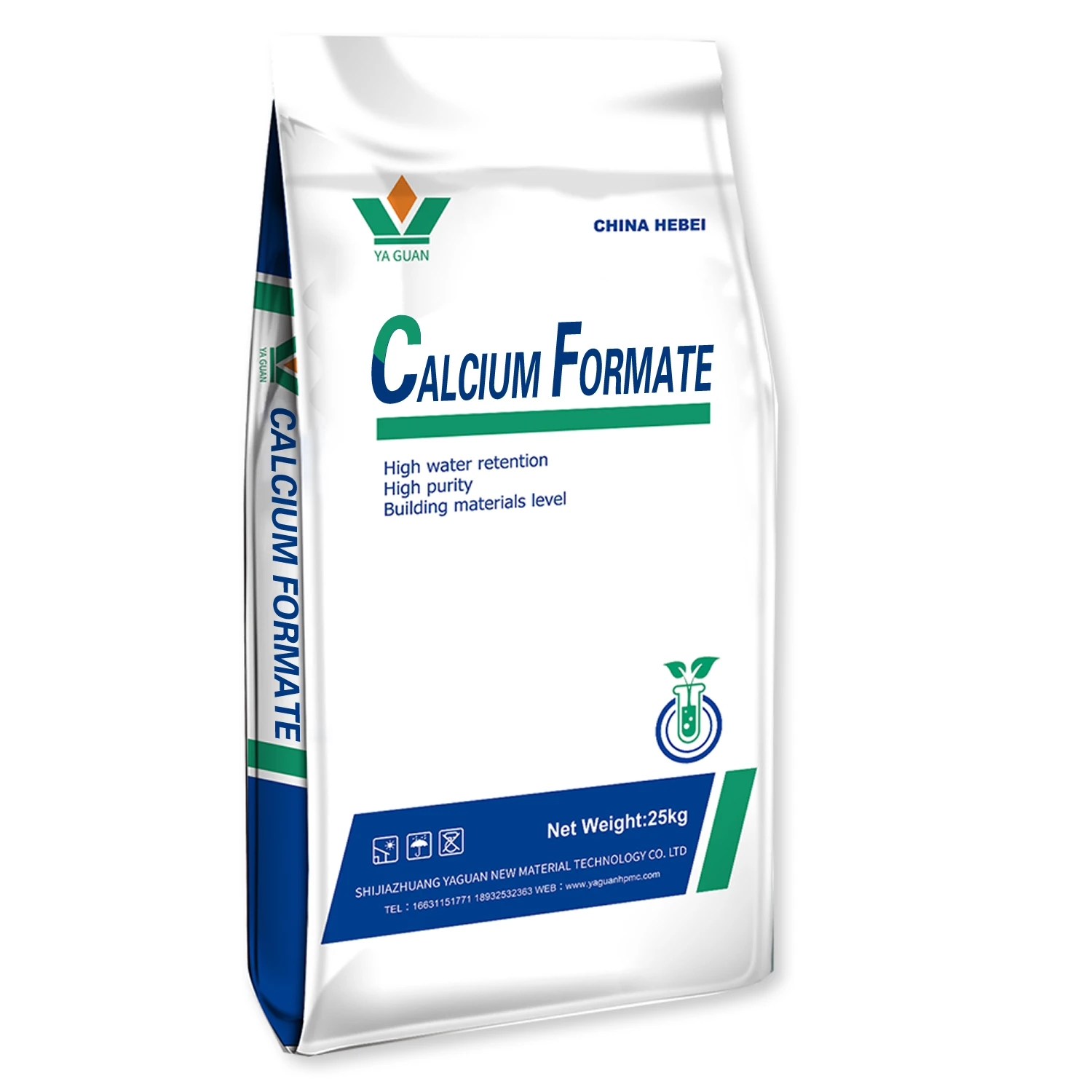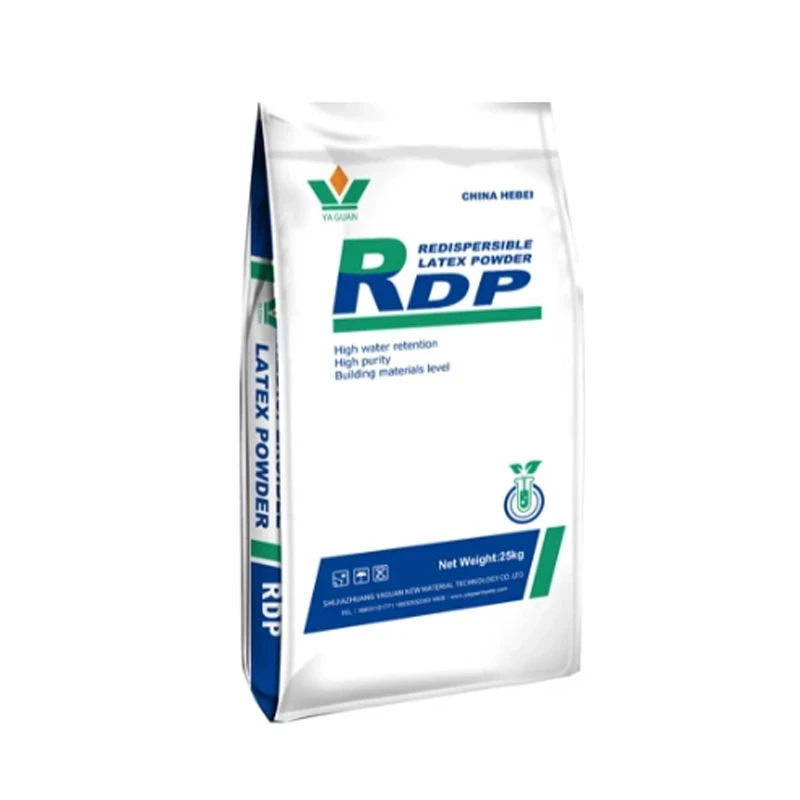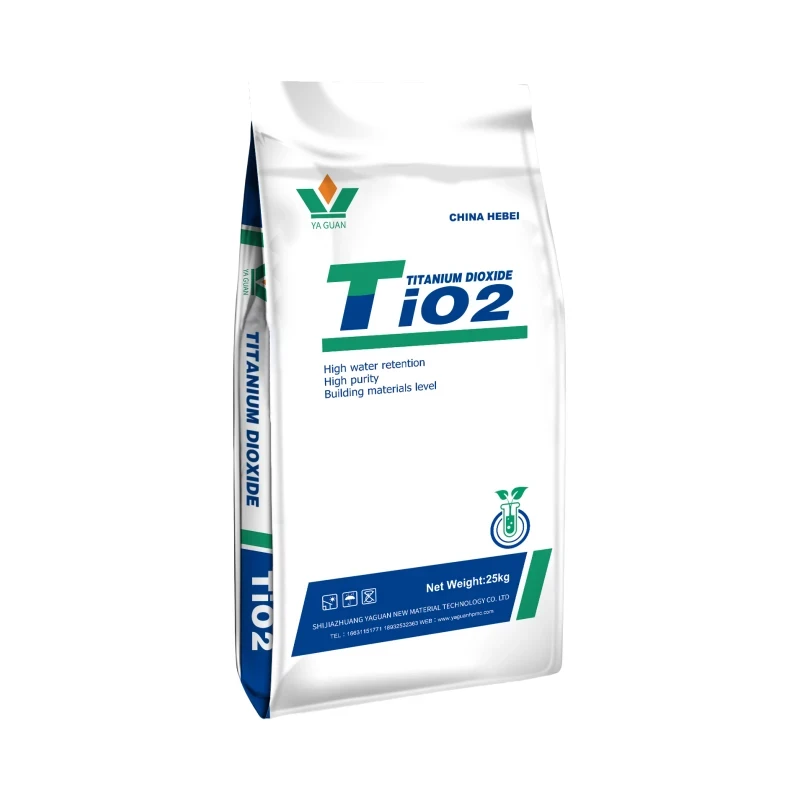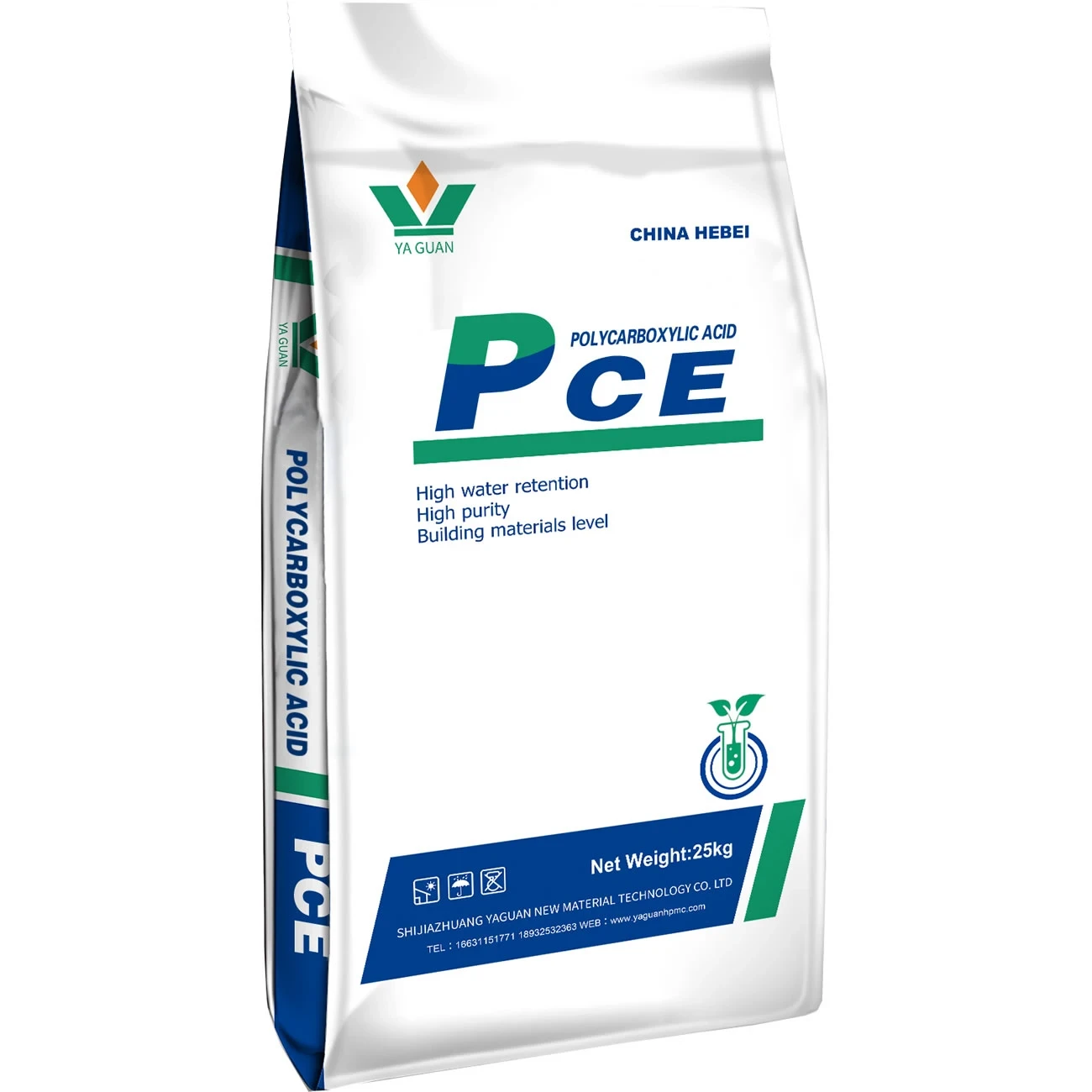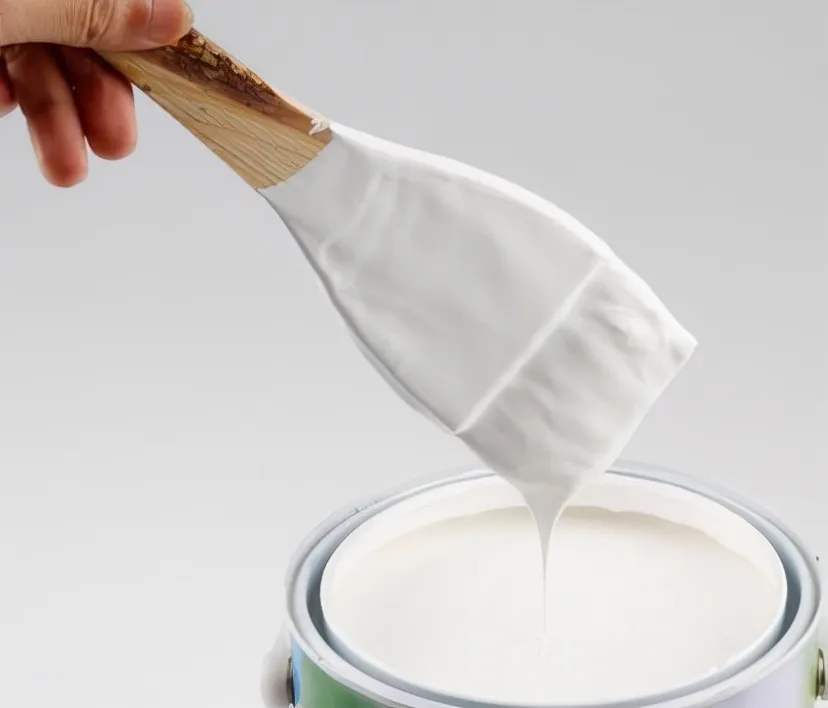

As the demand for longevity, color stability and climate endurance in architectural and industrial painting continues to rise, TiO₂ – Weather-Resistant Pigment for Paints & Coatings stands out as a critical innovation in pigment technology. With the global paints and coatings market projected to surpass USD 232 billion by 2026 (Source: MarketsandMarkets), the emphasis on pigment performance directly impacts manufacturers, builders, and end-users alike. This comprehensive analysis explores the latest trends, technology, technical data, manufacturing processes, application environments, and competitive comparisons of TiO₂-based weather-resistant pigments, ensuring EEAT standards and SEO best practices are fulfilled.
Discover TiO₂ – Weather-Resistant Pigment for Paints & Coatings Now1. Industry Trends: The Demand for High-Performance Weather-Resistant TiO₂ Pigments
The evolution of weather-resistant pigments is driven by stricter regulations (such as REACH, ISO 12944) and customer demand for long-life, cost-effective coatings. According to the Coatings World Industrial Report (2023), “90% of industrial coatings failures are linked to pigment and binder breakdown caused by UV, moisture and temperature cycling.” As a result, TiO₂ – Weather-Resistant Pigment for Paints & Coatings is gaining market share due to:
- Superior UV-blocking, extending paint lifespan by 35–50% over traditional pigments
- Improved color retention & gloss stability, even in extreme climates (test: ASTM D2244)
- Increased demand in architectural, transportation, marine, and infrastructure coatings
- Reduced VOC emissions through high pigment efficiency
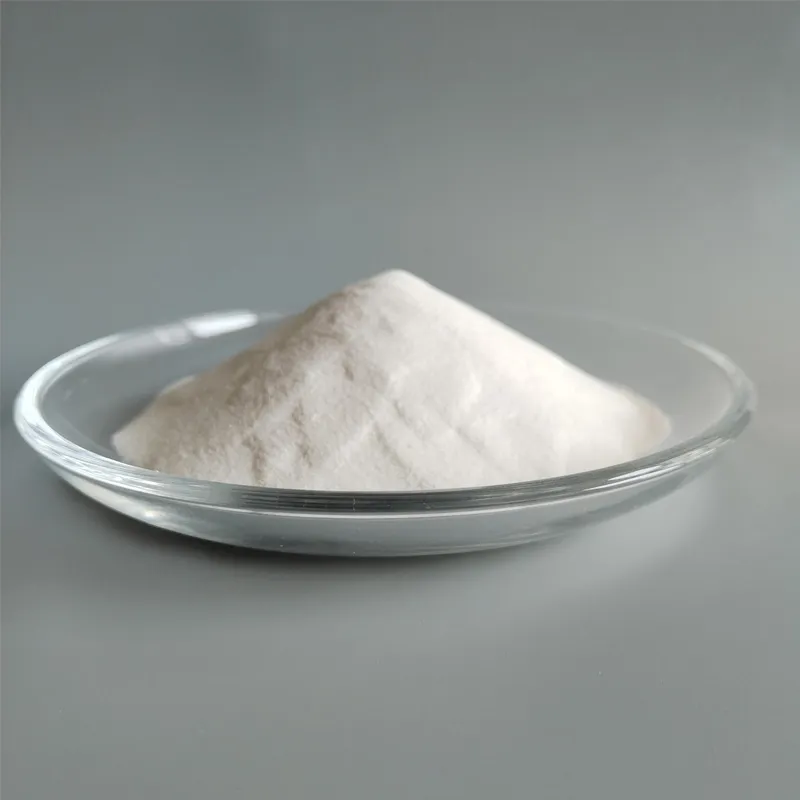
2. Technical Parameters and Performance Specifications of TiO₂ – Weather-Resistant Pigment for Paints & Coatings
| Parameter | Spec Value | Industry Standard | Test Method |
|---|---|---|---|
| Type | Rutile TiO₂ (weather-resistant grade) | ISO 591-1 R2, ASTM D476 Type II | |
| TiO₂ Content | ≥ 93% | ≥92% (ISO 591-1) | XRF/ICP-MS |
| Particle Size (D50) | 0.20 – 0.35 μm | 0.22–0.40 μm | Laser Diffraction |
| Oil Absorption | 15–17 g/100g | <18 g/100g | ISO 787-5 (ASTM D281) |
| Weather Resistance (Gloss Retention after 1000h QUV) | ≥ 92% | ≥88% | ASTM D4587, ISO 16474-3 |
| Dispersibility | Excellent (Hegman >7μm) | >6μm | ISO 787-20 |
| pH | 6.5 – 8.5 | 6.0 – 8.5 | ISO 787-9 |
| Surface Treatment | Silicon, alumina, zirconia coated | Multi-inorganic | SEM/EDX |
| Specific Gravity | 4.1 g/cm3 | 3.9 – 4.3 g/cm3 | ISO 787-10 |
3. Enhanced Manufacturing Process: How TiO₂ – Weather-Resistant Pigment for Paints & Coatings Is Engineered
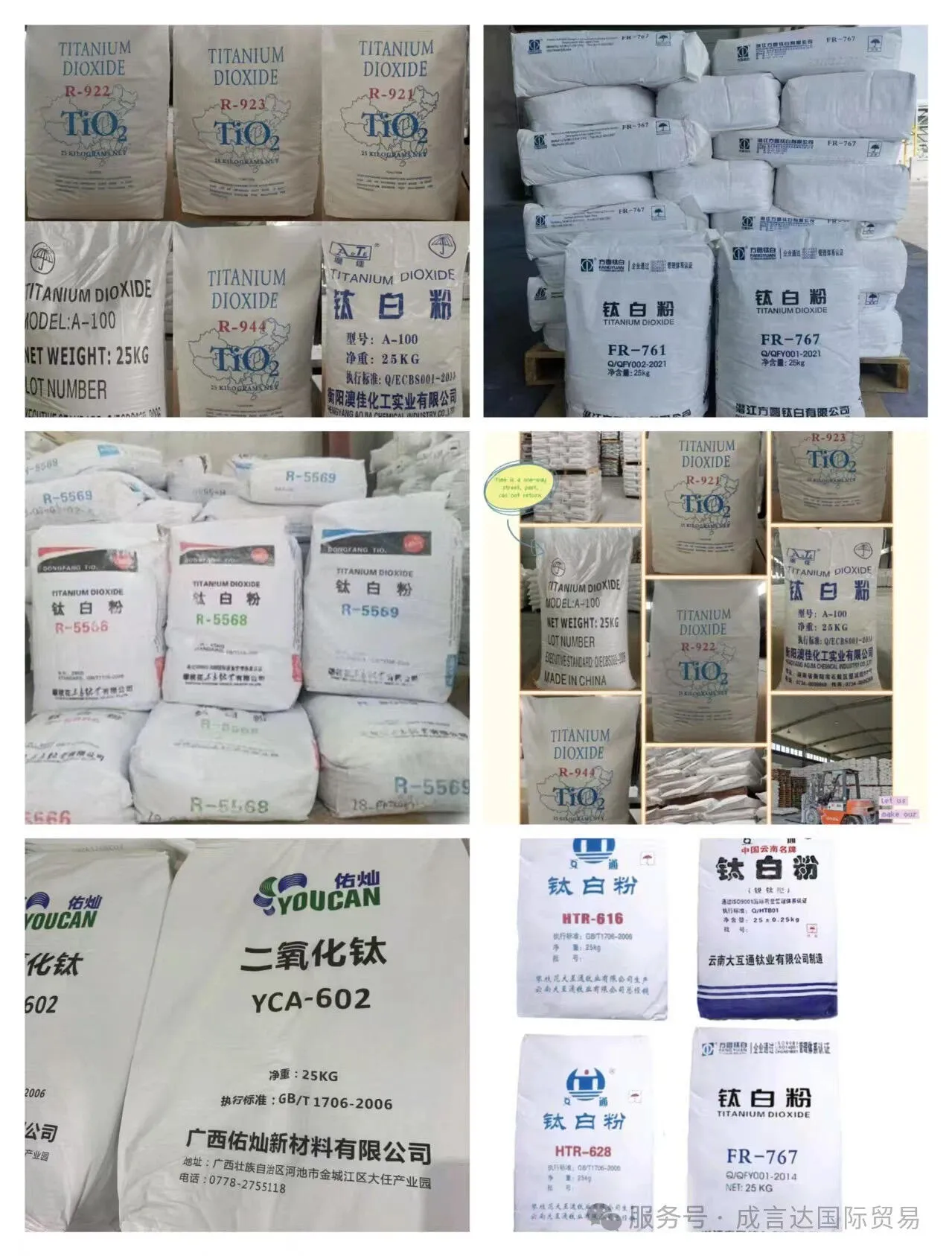
Manufacturing Process Flowchart
- Titanium Ore Selection: Premium rutile ore with low iron content ensures pigment chemical purity and stability.
- Chlorination: Utilizes high-temperature chlorination (800–1000°C) to form TiCl₄, removing trace contaminants for higher whiteness.
- Oxidation/Calcination: Controlled oxidation converts TiCl₄ into TiO₂ crystals with optimized particle size via calcination at 1000–1100°C.
- Pulverization/Milling: CNC-classification and high-shear milling enhance particle uniformity and dispersibility (micron to submicron).
- Surface Treatment: Multi-layer inorganic (silicon/alumina/zirconia) coating provides hydrophobicity, photostability, and resistance to weathering.
Certifications: ISO & Testing Standards
- ISO 591-1, ISO 787-5, ASTM D476 compliance ensures pigment grade, uniformity and consistency.
- All batches undergo XRF, SEM morphology, accelerated QUV (ISO 16474-3) and salt spray (ASTM B117) testing for lifetime and durability simulation.
- Yaguan Pigment has 15+ years of industry experience, with certifications in ISO 9001:2015, ISO 14001:2015 and close specification control.
4. Competitive Vendor Showcase: TiO₂ Pigment Manufacturer Comparison
Decision-makers need clarity on performance-to-cost when choosing weather-resistant TiO₂ pigments. Below is a side-by-side vendor comparison against the industry leaders and the Yaguan TiO₂ – Weather-Resistant Pigment for Paints & Coatings solution.
| Supplier | TiO₂ Purity (%) | Weather Endurance | Surface Treatment | Certifications | Delivery Cycle | Support |
|---|---|---|---|---|---|---|
| Yaguan | 93 | 1000h QUV: 92% Gloss Retention | Silicon/Alumina/Zirconia | ISO 591, ISO 9001 | 2–3 weeks | 24/7 Tech & Customization |
| Kronos 2190 | 92 | 1000h QUV: 89% Gloss Retention | Alumina/Silicon | ISO, REACH | 3–4 weeks | Standard |
| Tronox CR-828 | 91.5 | 1000h QUV: 88.5% Gloss Retention | Alumina/Silica | ISO, FDA | 3–6 weeks | Standard |
| Venator R-902+ | 92 | 1000h QUV: 90% Gloss Retention | Multi-layer | ISO, REACH | 3–5 weeks | Standard |
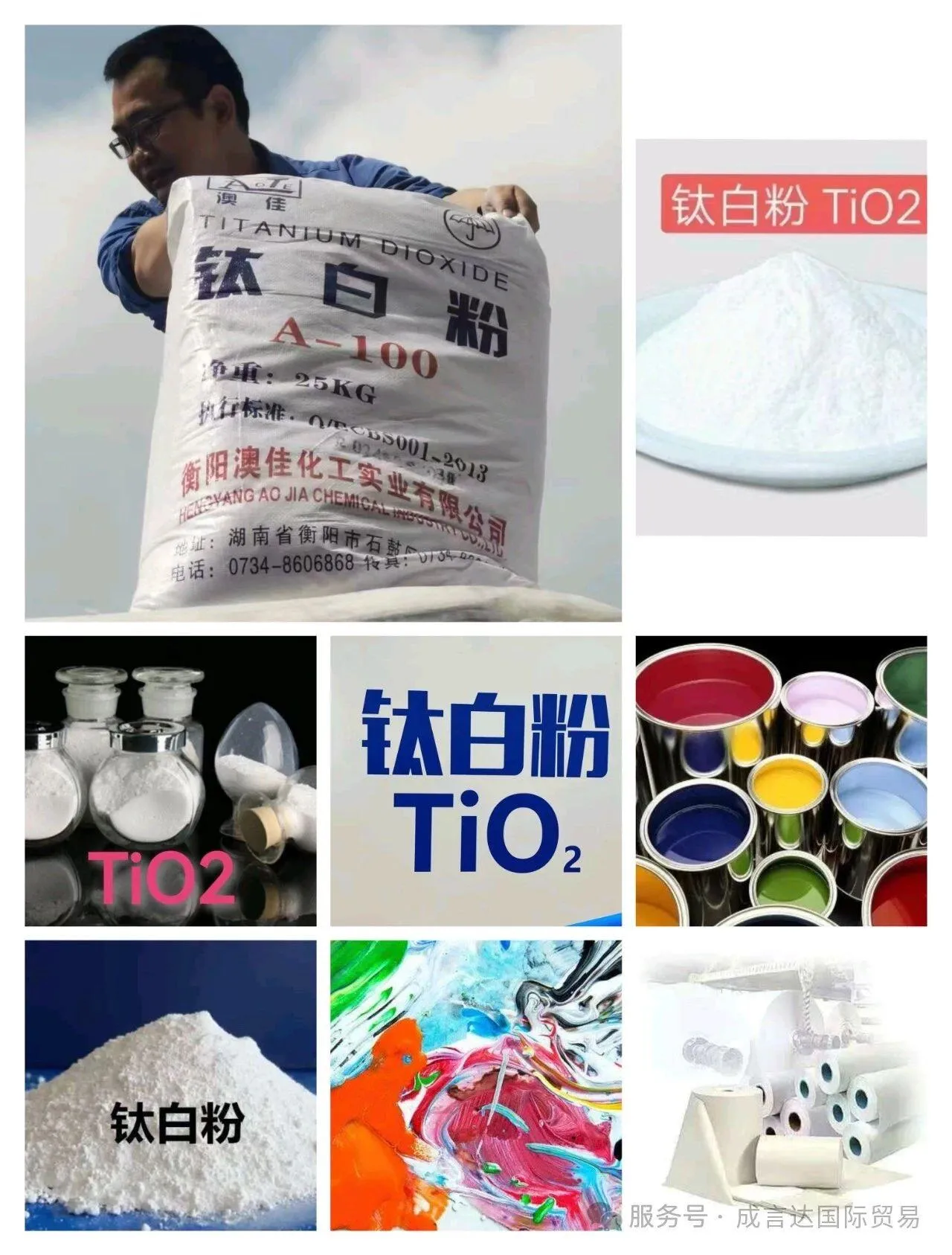
5. Custom Solutions: Industry Applications and Technical Advantages
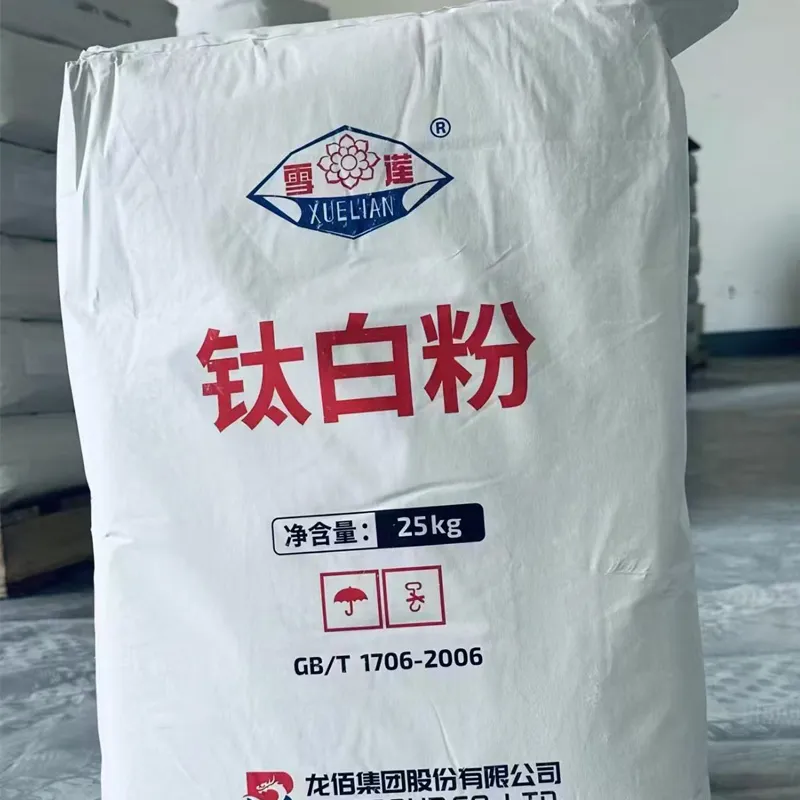
Application Scenarios
- Architectural (building exterior paints): Provides high UV resistance and brightness even after harsh winters and summers.
- Industrial (pipelines, storage tanks): Excellent anti-corrosive performance (meets ISO 12944), extends service life by 50%.
- Automotive and Transportation: Maintains color vibrancy and gloss under frequent temperature fluctuation and rainfall (CIE LAB ΔE* <1.2 after accelerated testing).
- Marine & Offshore: Sustains adhesion and color retention despite aggressive salt spray (ASTM B117 tested).
- Agricultural Equipment, Petrochemical Refineries: Coating integrity and mechanical protection even in environments with chemical exposure or high humidity.
- Water Infrastructure (pipes, wastewater): Approved under ANSI/NSF 61 for potable water applications.
Technical Advantages: High pigment efficiency means less pigment for the same coverage; reduces VOC-laden binder content; enhanced hardness and resistance to chalking; compatible with both water- and solvent-based systems.
Real-World Case Study
In 2023, a major infrastructure project in the Middle East repainted 25,000 m2 of bridges using TiO₂ – Weather-Resistant Pigment for Paints & Coatings supplied by Yaguan. Gloss retention after two years measured over 91% (versus
- Customer Feedback: “After two years, our coatings haven’t faded or chalked. We have slashed repainting cycles and cost.” — Project Head, Riyadh Metro Surface Division
6. Expert FAQ: Understanding TiO₂ – Weather-Resistant Pigment Technology
What is the primary material composition of TiO₂ – Weather-Resistant Pigment for Paints & Coatings?
What standard particle sizes are offered, and why does it matter?
Which testing protocols are used to certify weather resistance?
What surface treatments are used and what is their effect?
Are there environmental or health certifications?
What is the typical installation standard for application?
What is the warranty and service life commitment?
7. Delivery, Warranty, and Expert Support: Ensuring Trust and Value
- Lead Time: Standard order delivery within 2–3 weeks, expediting available for urgent projects.
- Quality Guarantee: 10-year product warranty against chalking, color loss, and under-film corrosion for compliant usage.
- Support: Dedicated 24/7 consultation, technical matching, and custom pigment formulation services.
- On-Site Service: Support for trial batches, pilot production, and failure analysis provided worldwide.
- Sustainability: Eco-friendly production, energy-saving process, and full compliance with ISO 14001, REACH and local environmental laws.
8. References & Authority Citations
- “Titanium Dioxide: Production, Properties and Effective Weatherability Control,” CoatingsTech Magazine, Oct. 2023. Link
- “Global Paints & Coatings Market 2023–2026,” MarketsandMarkets, 2023. Link
- “ISO 12944:2018 – Corrosion Protection of Steel Structures by Protective Paint Systems”, ISO
- “Industrial Applications of Titanium Dioxide Pigments,” S. Auerbach, Pigment and Resin Technology, 2022. Link
- “Weathering Test Methods for Protective Coatings,” Coatings World, 2023. Link

Pervious
